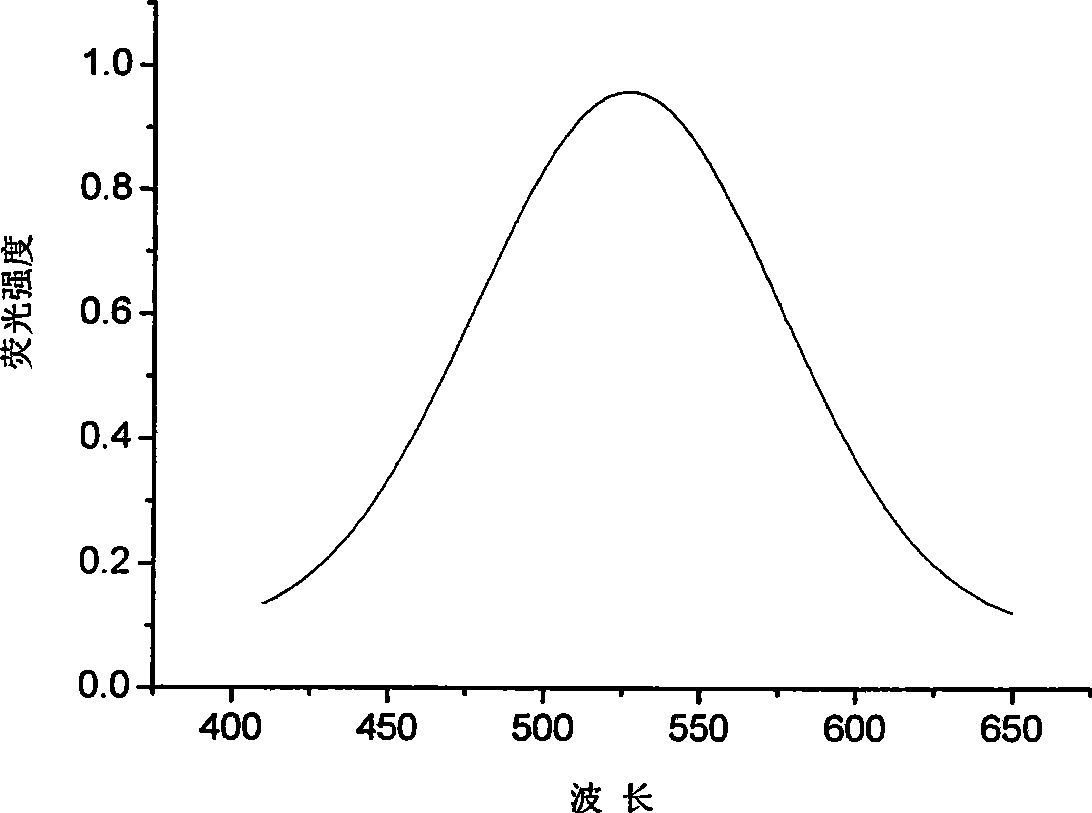Preparation of dye doped silicon dioxide fluorescent nanoparticle
A silicon dioxide and fluorescent nanotechnology, applied in chemical instruments and methods, luminescent materials, reagents, etc., can solve problems affecting detection results, dye leakage, etc.
- Summary
- Abstract
- Description
- Claims
- Application Information
AI Technical Summary
Problems solved by technology
Method used
Image
Examples
Embodiment 1
[0019] Add 3.54ml of Triton X-100, 15ml of cyclohexane, 3.6ml of 1-n-hexanol, 0.1ml of an aqueous solution in which 1.8mg of DAA is dissolved in a three-necked flask, and form a water-in-oil inverse microemulsion under stirring. Then 200 μl of VTES monomer and 10 μl of aminopropyltriethoxysilane were added. After reacting at room temperature for 24 hours, add 0.08 g of azobisisobutyronitrile, react at 65° C. for 4 hours under nitrogen, cool, and add ethanol to break the emulsion. The generated nanoparticles were collected by centrifugation, ultrasonically washed twice with acetone, and dried in vacuum at room temperature.
[0020] The average particle diameter of the nanoparticle prepared by this method is 30nm, and the monodispersity is better, and its aqueous dispersion produces strong green fluorescence under the excitation of 400nm excitation light, and the maximum emission wavelength is positioned at 525nm (attached). figure 1 ). After the nanoparticles were dispersed i...
PUM
 Login to View More
Login to View More Abstract
Description
Claims
Application Information
 Login to View More
Login to View More - R&D
- Intellectual Property
- Life Sciences
- Materials
- Tech Scout
- Unparalleled Data Quality
- Higher Quality Content
- 60% Fewer Hallucinations
Browse by: Latest US Patents, China's latest patents, Technical Efficacy Thesaurus, Application Domain, Technology Topic, Popular Technical Reports.
© 2025 PatSnap. All rights reserved.Legal|Privacy policy|Modern Slavery Act Transparency Statement|Sitemap|About US| Contact US: help@patsnap.com



